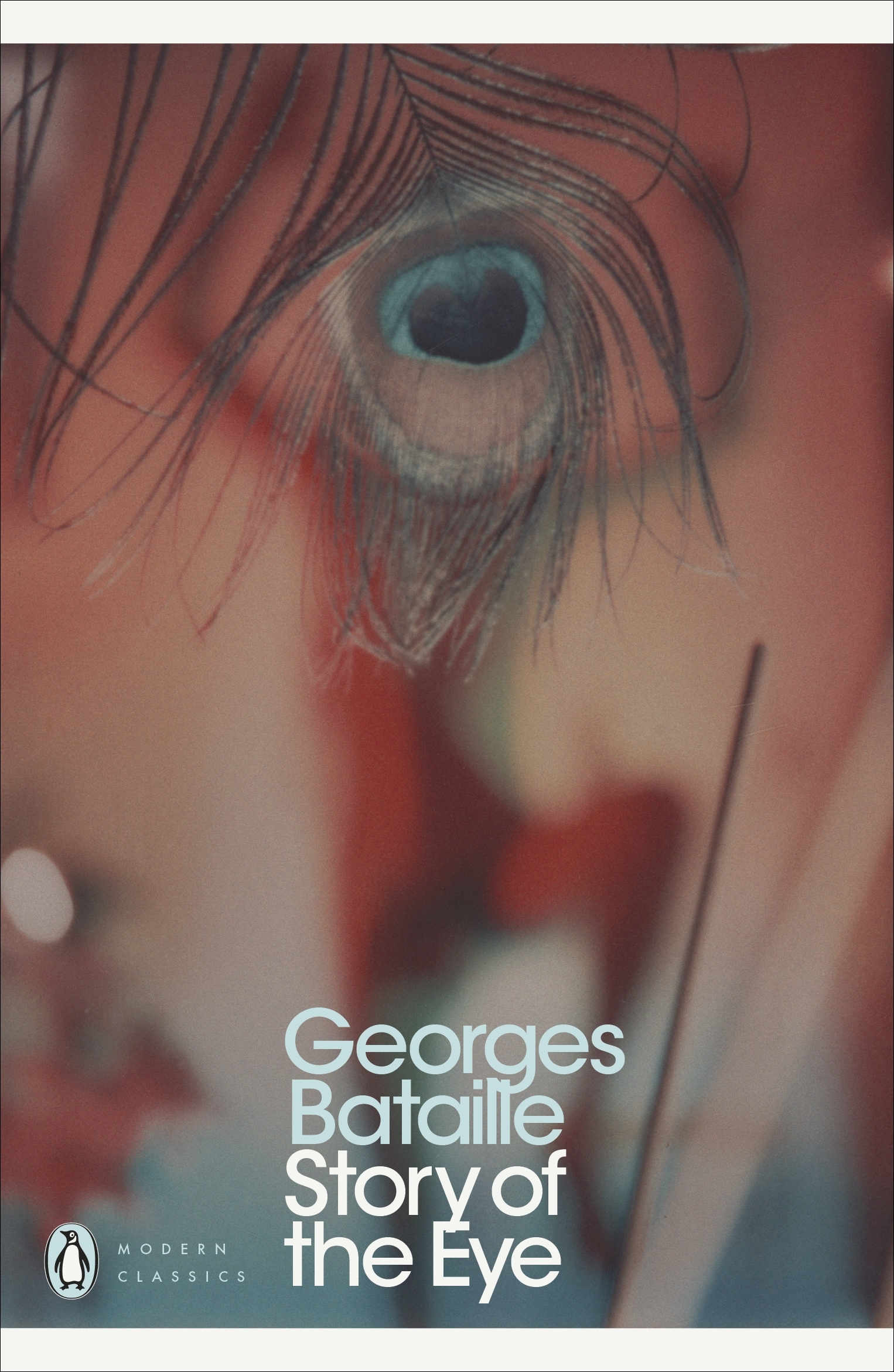…films viewed during the fall of 1993….paul, age 22….New York Film and Video Festival….5:00 – ducks in flight….5:20 – Godard, the filmmaker at work…..cranking, churning, rotating – it reminds me of an upright editing machine….reading an entry after 17 winter seasons….I’ve never read The Idiot, but I really enjoyed Crime and Punishment….I should really read Anna Karenina (no excuse)...thinking that I saw JLG/JLG, when I really saw The Children Play Russian….I saw Hartley's NYC 3/94 on the same day. Maybe I was confusing the title with JLG/JLG. Godard’s later work isn’t narrative, they are more like poems…The Idiot in relation to Dostoyevsky....days when I would make films with actual film….the moviola….once more with feeling.
October 6th, 1993 – The Children Play Russian, Jean-Luc Godard – video: It seems the older Godard gets, the more elaborate his collage. In the Godard course I can remember loving his early films, but, as the course went on, the films seemed too much to handle. If I were to describe Godard as someone who “babbles”, then in The Children Play Russian he exhausts himself. I’m not saying that this babbling is a negative, although I did feel that Russian was exhaustive.
Godard expresses a number of views on Russian art, society, culture. Perhaps the most interesting of these is a phrase which explains how Russia is constantly being invaded by the West, not only militarily, but also socially. There is no real structure to what is being said, no continuity. This film requires the viewer to be extremely patient and the artist runs the risk of having a significant part of the piece misunderstood on primary and subsequent viewings. Godard tries to avoid this with the use of repetition. However, repetition, in many instances can also serve to dull a viewer rather than allowing time to absorb the material.
A major theme of the piece is Tolstoy’s Anna Karenina. I’m certain that my comprehension of the film would have been much better had I known the work (The novel). If there is any possibility of s structure, it rests in the Anna Karenina theme. The last shot – Godard sits on a dolly in some kind of robe. He churns away at some kind of coffee grinder. The sequence lasts at least 1 minute. He is raising the question, “Am I just making a lot of noise? Am I truly the Idiot of this film?”
echeverria
echeverria















